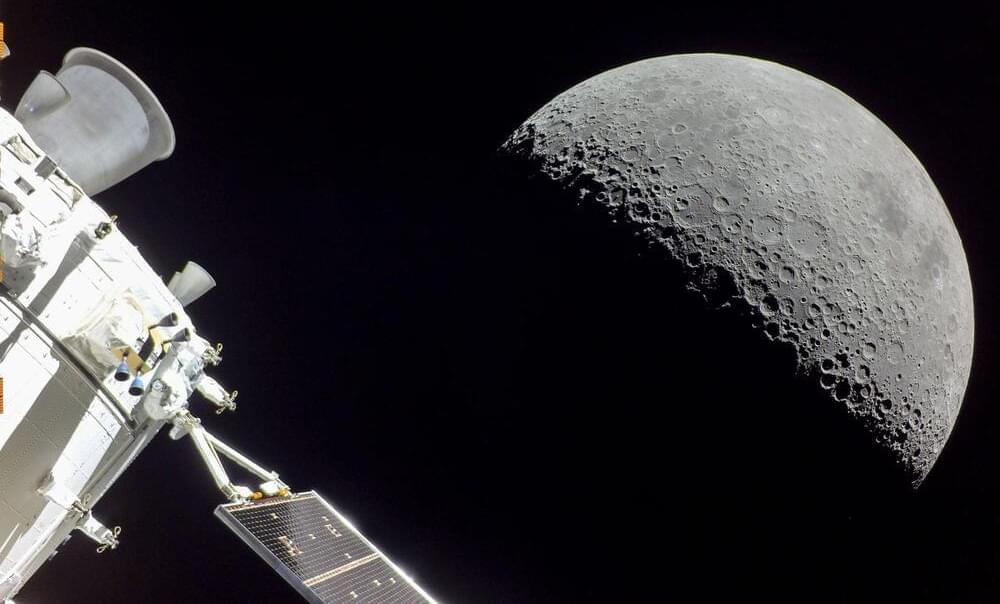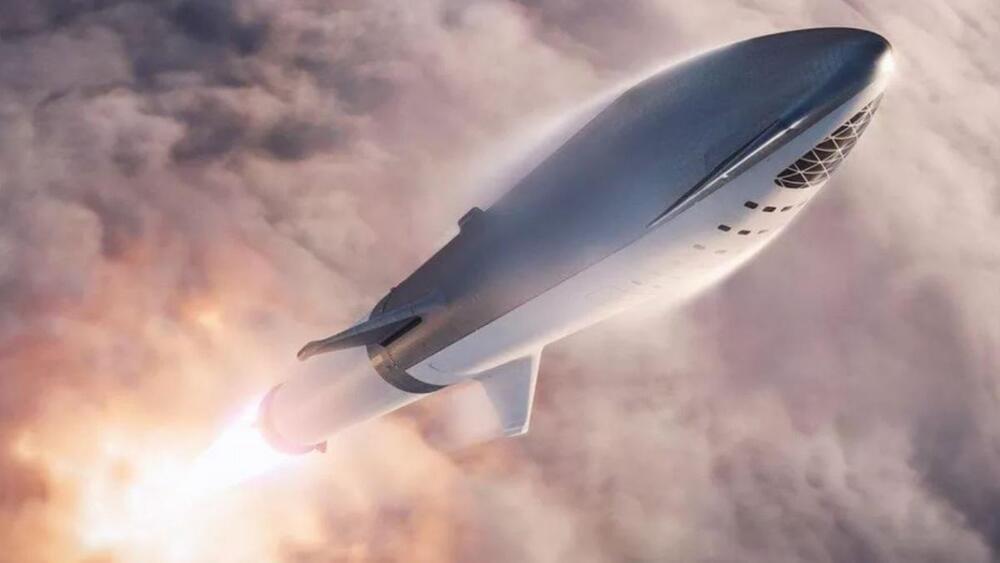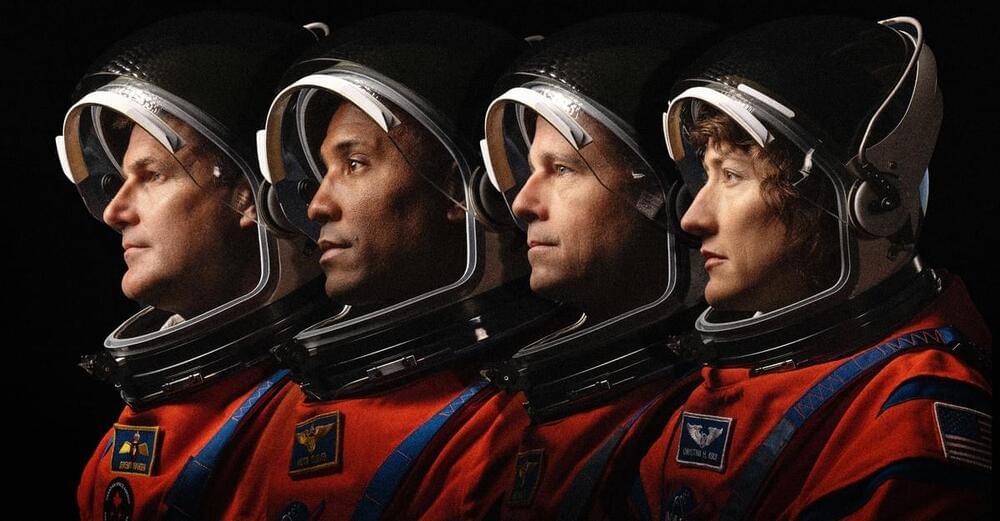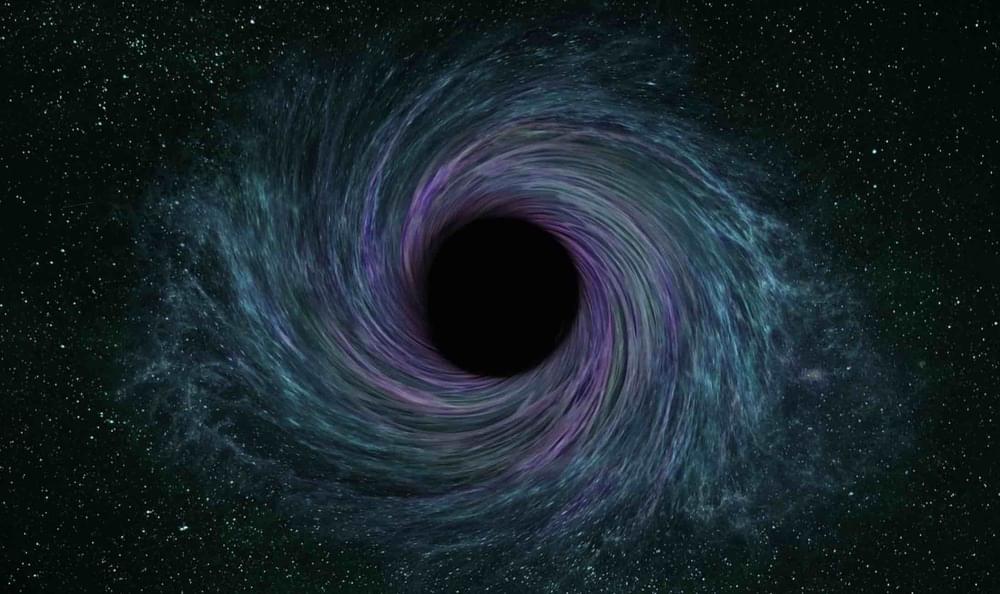
A spaceship traveling at warp speed wouldn’t be firing its engines to travel that fast; it’s just being carried by a spacetime bubble. Then if you want to exponentially increase your speed, you build another bubble around that bubble, which in the world of Star Trek is referred to as warp factor two, and then warp factor three, Macdonald says.
Spacetime as we know it is finite, and as such, there is a limit to the number of warp bubbles, or level of warp speed one could theoretically reach. In some shows, this is arbitrarily called warp factor 10, which is when all of spacetime is wrapped around the spaceship. At that point, “you’ve broken all the laws of infinity and you experience all time at all moments,” Macdonald says. “And in the classic Voyager episode of Star Trek, you evolve into lizard people.”

















